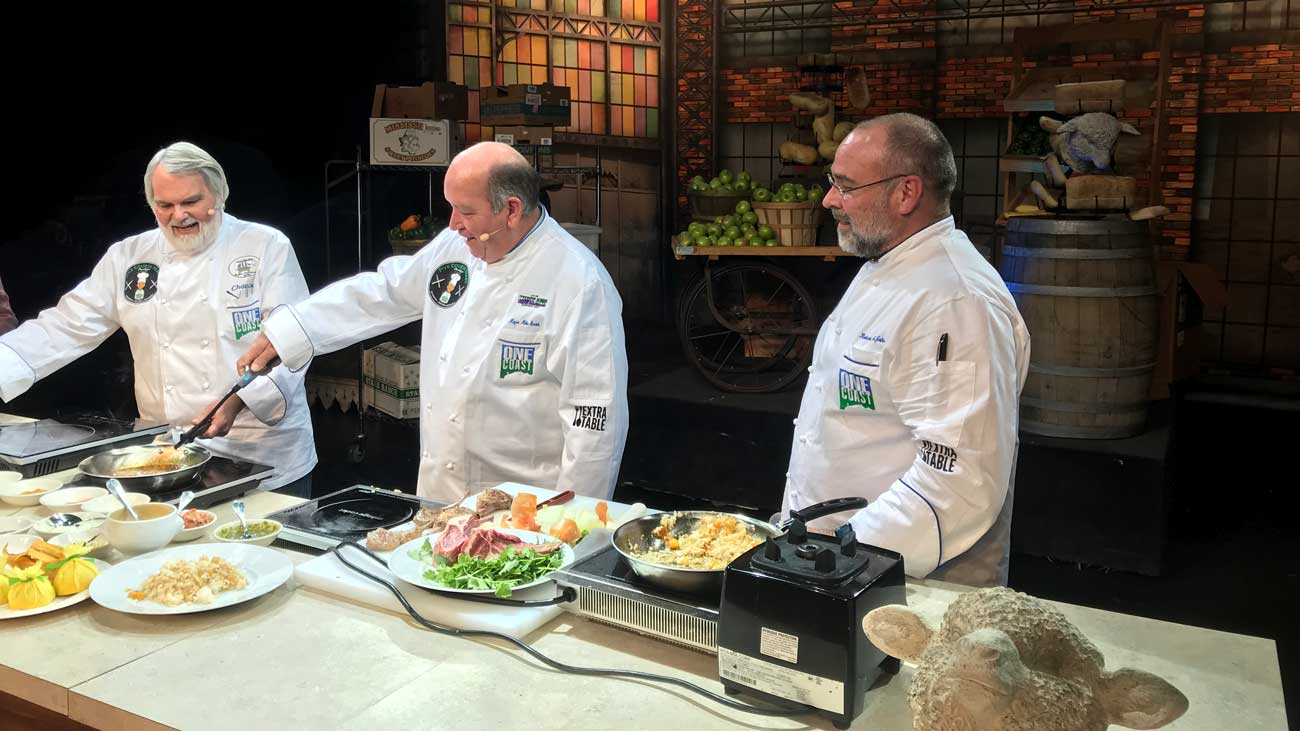Yesterday I ordered a pizza online.
I didn’t get in my car, I didn’t pick up the phone, I never even spoke to anyone. I just logged onto my laptop and 30 minutes later, I was shaking crushed red pepper flakes over my thin-crust pepperoni.
The ordering of the pizza and the ingredient selection was easy. Once I made my choices, the website told me that my pizza would be ready in 20-24 minutes.
Next, the website— in real time— let me know that someone named Sarah was prepping my pizza. A few minutes later, the website told me that, at 4:50 p.m., Sarah had placed my pizza in the oven. The site then let me know that, at 4:57 p.m., they had placed my pizza in some type of space-aged insulated bag. Within seconds, I was notified that, at 5:00 p.m., my “Delivery Expert,” Robert, left the store with the pizza. At 5:13 Robert the Delivery Expert rang my doorbell. At 5:19 the website posted the comment, “We hope you enjoyed your meal.” I did.
Ordering food over the Internet and having it delivered has been going on for a couple of years, but yesterday was the first time I have taken advantage of the process. When I first heard of Internet pizza ordering, my initial reaction was one of amusement, then disdain, then indifference. Yesterday, on a fluke, I gave it a shot, thinking— if they screw it up, at least I’ll be able to rip on them, throw in some jokes about the mindless, robotic process, and get a column out of it.
It’s true, I got a column out of it. But the exercise of ordering a pizza online was a pleasant one. There were no glitches in the process, it was easy, and I never left the comfort of my chair (except to meet the Delivery Expert, when he rang the doorbell).
Best of all, I was never placed on hold, I didn’t have to listen to an endless loop of annoying advertising promotions, I never had to restate my order, and all human-error was eliminated from the process. Hospitality has taken a nose-dive in recent years. Service is non-existent in many industries. That’s not a good thing, especially for those of us in the hospitality and service industry. This process was quick, efficient, pleasant, and error-free.
I’ve heard all of the arguments about taking the human factor out of our everyday lives, and the dangerous path we tread in doing so. But I’ll bet the ones who are prophesying about the doom and gloom of an automated society have never used the drive-through window at a fast-food place or dealt with an unconcerned teenage order-taker behind the counter at a burger joint.
Sean Connery might have been the coolest of the James Bonds, but all of his gadgets are old school these days. Today we have instant information at our fingertips and are in constant contact with our friends, family, and pizza joints.
When I opened my first restaurant, I was working 90-hour weeks with no spare time. I ate most of my meals in the restaurant, though when I got off late at night, my 28-inch waist and I ordered pizza. The people at the pizza place knew my name. They would say, “Do you want the usual, Robert?” It was embarrassing.
Today, my 38-inch waist and I don’t order pizza very often— mainly because pizza was a large factor in my expansion from a 28 to a 38-inch waist. Though if I did, the only person who would have known what a no-social-life-having loser I was would be the Delivery Expert (and I’m a great tipper, and I don’t think he’d care one bit if I ordered pizza five nights a week).
Crawfish Pizza
1 tablespoon olive oil
1/2 cup green bell peppers, chopped fine
1/2 cup yellow onion, chopped fine
1/2 cup green onion, chopped fine
1 tablespoon garlic, minced
2 teaspoons Creole Seasoning
3/4 pound crawfish tail meat, cooked and in whole pieces
6 Pizza Crusts (recipe follows)
1 1/2 cup Basil Tapenade (recipe follows)
1 1/2 cup mozzarella cheese, shredded
1 cup pepper jack cheese, shredded
1/2 cup Parmesan cheese, freshly grated
In a large skillet, heat olive oil over medium heat. Sauté peppers, onion, and garlic until slightly tender. Add Creole Seasoning and crawfish. Remove from heat and let cool slightly (may be prepared a day in advance). Preheat oven to 450. Arrange pizza crusts on a baking sheet. Spread the basil tapenade evenly on top of each pizza shell. Distribute the crawfish mixture over the tapenade and top with the mozzarella cheese. Top with pepper jack cheese and Parmesan. Bake for 12–14 minutes, until crust is golden brown and all cheese has melted. Remove from the oven and let rest for 3–4 minutes before cutting.
Yield: 6 pizzas
Basil Tapenade
1 cup black olives
1 1/2 ounces anchovies, drained and patted dry
1 teaspoon Dijon mustard
2 tablespoons capers
2 tablespoons freshly squeezed lemon juice
2 tablespoons brandy
3 tablespoons olive oil
1/2 teaspoon black pepper
1 cup Pesto
1/2 of 10-ounce can Rotel tomatoes, drained
Process the first 6 ingredients in a food processor until the mixture begins to get smooth. Slowly add olive oil and garlic. Add pesto and tomatoes, and pulse until all ingredients are incorporated into a smooth, spreadable sauce. May be made and stored in refrigerator for up to 1 week.
Yield: 3 cups
Pizza Crusts
2 packages active dry yeast
1 teaspoon sugar
2 teaspoons honey
1 1/2 cups warm water
5 1/2 cups all-purpose flour
1 tablespoon salt
1/4 cup olive oil + olive oil for brushing the pizza dough
Dissolve yeast, sugar, and honey in warm water.
Using a mixer with a dough hook attachment, place flour and salt in bowl and mix thoroughly. On low speed, slowly drizzle in oil and continue to mix until evenly distributed. Next, add dissolved yeast. Add remaining cup of water. Once the dough begins to come together, continue kneading it on low speed for 5 minutes. Transfer the dough onto a floured surface and work it by hand for 3–4 more minutes. The dough should now be smooth and slightly firm and dry. Place the dough in a large bowl, cover it with a damp towel, and place it in a warm place to rise for 1/2 hour.
Divide the dough into 6 6-ounce sections. On a dry surface, work each individual ball by rotating it in a circular motion, continually tucking the sides down and under. Form dough into a smooth ball with no air pockets. Place the balls on slightly oiled baking sheet and cover for 30 minutes. This may be done 1–2 days in advance. Dough balls can be covered tightly with plastic and kept in refrigerator.
Preheat oven to 525_ and insert pizza stone. If you do not have a pizza stone, a heavy duty baking sheet will do. To stretch the dough, sprinkle a smooth surface with flour or cornmeal and flatten the dough to about 2 inches thick. Then begin gently pulling the sides and rotating the dough in a circular motion, slowly stretching it. You should be able to stretch the dough to a 7-inch diameter. Lightly brush with oil and place dough on pizza stone. Bake for 8–9 minutes, or until golden brown. Remove and cool. The crusts are now ready to use for any recipe. Cooked pizza crust may be frozen. Pizza dough can also be cooked on a well-oiled grill.
Yield: 6 7-inch crusts



